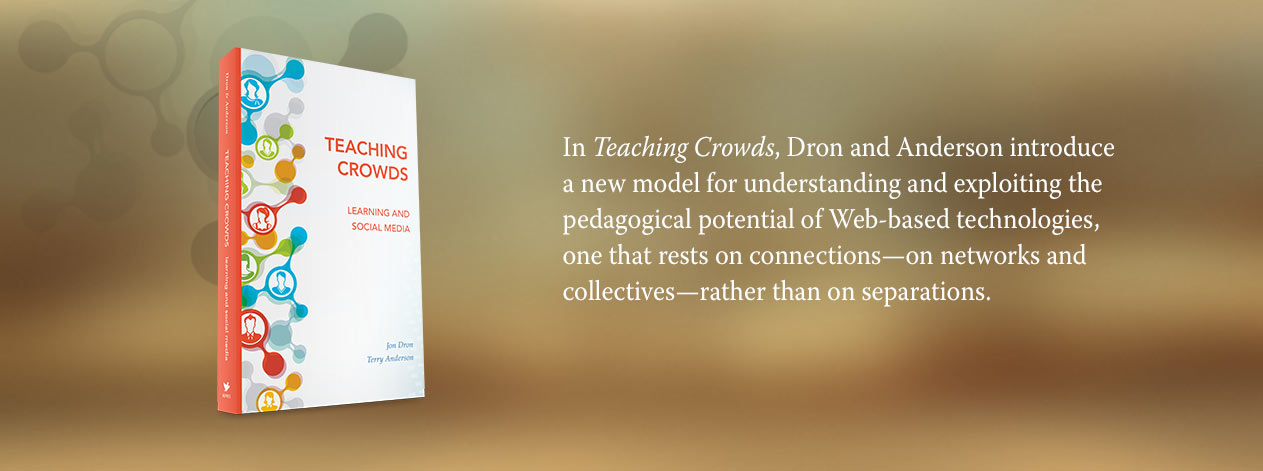In Teaching Crowds we identify differences in the latitude given to distance and online learners, drawing on a modified version of Morten Paulsen’s theory of cooperative freedoms. This page presents a brief summary compilation to compare and contrast the kinds of choices typically available to learners in the different social forms. Note that these examples are entirely notional – any given learning transaction will no doubt differ in detail from what we show here. Moreover, in any given learning transaction, the exercise of one freedom may impact the exercise of others. For example, if we wish to collaborate with a group, we inevitably give up some control of the pace of learning.
It should be observed that this is about freedom to make choices, but that this does not necessarily equate to having control. Having a lot of choices but no means to distinguish the good from the bad does not provide any control worth speaking of. To be truly in control, we need not only the power to make choices but also to be able either to know what is worth choosing ourselves, or to be able to delegate control of that to others whenever we cannot reliably make the choices ourselves. This is where teachers (including collectives, other learners, book authors, video producers and so on) come in.
The freedoms we identify are, in no particular order:
- Content – what we learn
- Place – where we learn
- Disclosure – what we reveal to others
- Delegation – the extent to which we delegate control of our learning trajectory to others
- Time – when we learn
- Medium – the format we use (e.g. text, video, animation, audio etc)
- Technology – the physical and virtual tools we use
- Relationship – whether and how we relate to others
- Method – the pedagogies and other processes used to support learning
- Pace – the speed of learning



We discuss Paulsen’s theory of cooperative freedom and our extensions of it in chapter 2 of the book, and use it as an organizing principle in chapters 3-6 to help distinguish between the various social forms.
![]()
